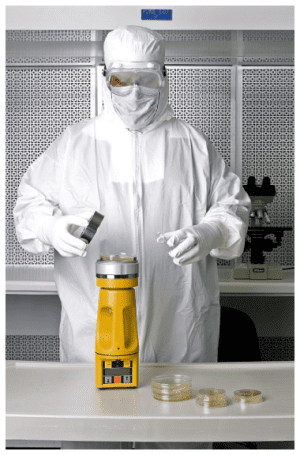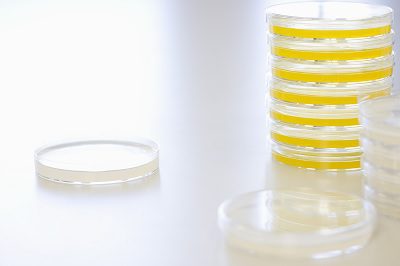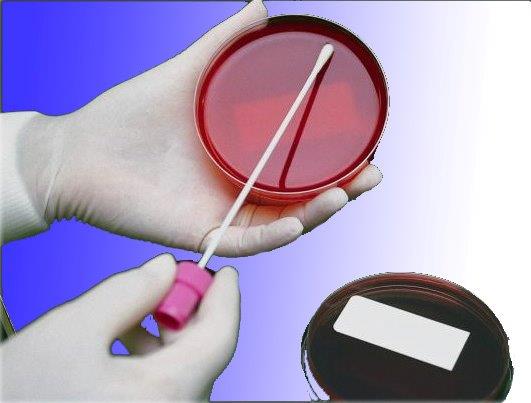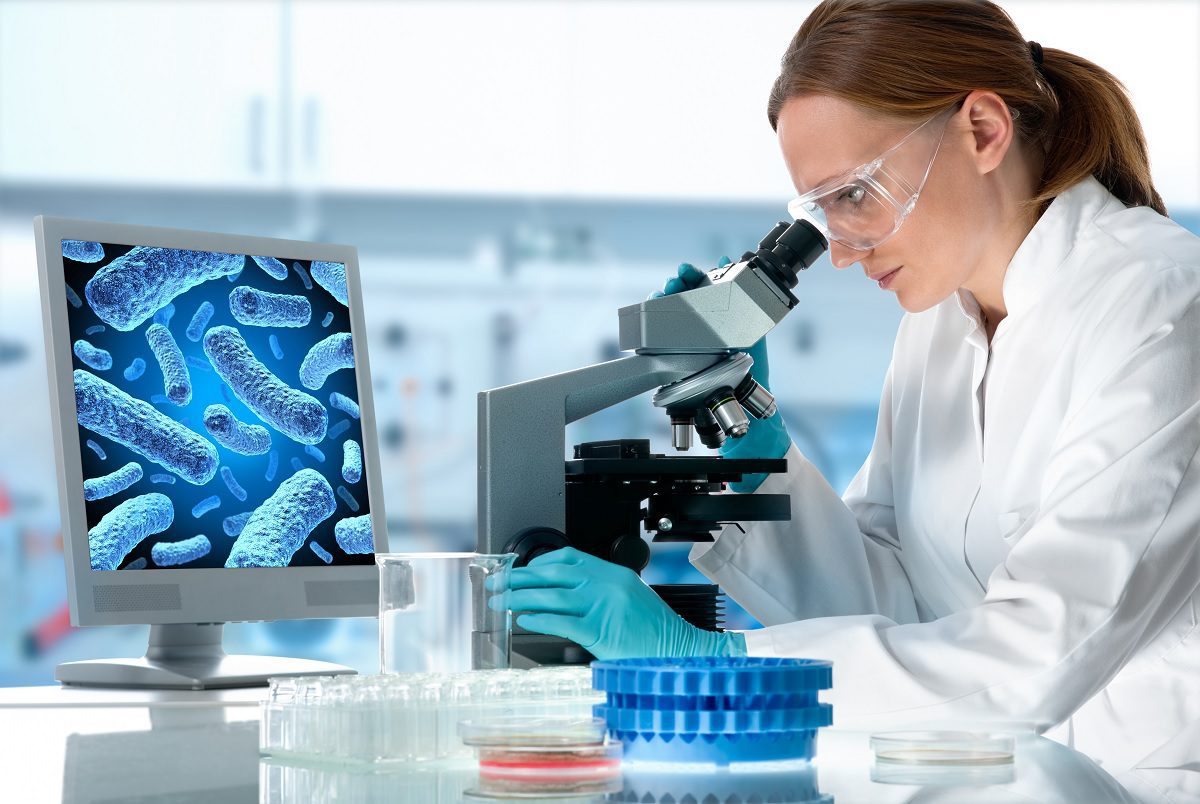Environmental Monitoring
The purpose of Environmental Monitoring (EM) is to establish alert and action limits and continuously validate the integrity of the cleaning and disinfecting programs. ACM helps develop Environmental Monitoring Programs according to ISO 14698-1&2.
EMÂ Services
ACM offers Nationally Recognized Testing Laboratories (NRTL) for EM data management.
We offer daily, weekly and quarterly EM programs for areas such as:
- Fill/Finish
- Formulation
- Tank Rooms
- Laminar Flow Hoods
- Biological Safety Cabinets
- Isolators/Glove boxes
- IV Compounding
- Sterile Packaging
- Medical Device
- Cosmetic
- Food
- Vaccine





What does ACM Monitor?
High contact equipment such as tabletops, process equipment, walls and floors are monitored regularly to ensure that the cleaning program is consistent and compliant.
Personnel are monitored to assess the effectiveness of the gowning program. A qualified person uses contact plates to monitor areas of the gowned body that may interact with the sterile field or product exposure areas. These may include gloved hands, forearms, or other areas.
Air samples are measured in two ways; the first being by drawing in predetermined volumes of air over a sterile growth plate and the second exposing growth plates to the environment for a specific period of time.
A Hepa HVAC system can account for 99.97% of all of the non-viable and viable particulates throughout the controlled area, the remaining 0.03% will settle and contribute to Alert and Action levels.
Surfaces are monitored to measure the effectiveness of the cleaning program. High contact equipment such as tabletops, process equipment, walls and floors are monitored regularly to ensure that the cleaning program is consistent and comprehensive.
ACM will help your manufacturing facility develop a Environmental Monitoring Program as a proactive way to assure cleanliness is maintained.
Custom EM Program Features:
- Establish static and dynamic monitoring times and locations
- Use calibrated instruments and media within expirations
- Sample air and surfaces for viable bio-burden
- Sample water and steam lines
- Incubate samples according to ISO 14648 or customer’s SOPs
- Count, record gross morphology and as required, Gram stain
- Perform species identification as requested.
- Test air and nitrogen lines and send sampling canisters out for testing.
- Perform trend analysis. Trend analysis will be sorted by Gram staining, gross morphology, quantity and locations. Species identification will be performed as required and included in the trending chart.
- Input data into customer software.
- Participate in, investigate excursions as requested or required.
For Effortless Compliance trust the Environmental Monitoring of your cleanroom to the experts in the business. For more information on EM testing procedures, see below. You may also contact us and speak to one of our dedicated professionals for a consultation on how ACM can best service all your cleanroom needs.
PROCEDURES
Use aseptic techniques for both air and surface contact plate tests.
Take one contact plate sample at each location.
Label and record all sample plates. Incubate the plates at 30 – 35 degrees Celsius for a specified number of hours and at 22 +/- 2 degrees Celsius for a specified number of hours. –
Count the total recoverable aerobic bioburden as CFU’s per sample macroscopically.
Microscopically identify and report all data in the test report. Contact plates counts are averaged (if more than one sample per location) and reported by the CFU’s.
Air samples are enumerated by the following formula.
CFU/Liter = Colonies on Plate
__________
Amount of liters of air
Air Sampler Calibration documents for equipment used in testing are included in certification report.
Contact plates Quality Control documents for plates used in testing are included in certification report.
ACCEPTANCE
Agreed upon between buyer and seller and/or the limits set by the customer’s validation results.
ISO 14698
ISO 14698-1 Cleanrooms and associated controlled environments / Biocontamination control
Part 1: General principles and methods
This part of ISO 14698 establishes the principles and basic methodology or a formal system of Biocontamination control for assessing and controlling Biocontamination when cleanroom echnology is applied for that purpose. This part of ISO 14698 specifies the methods required for monitoring risk zones in a consistent way and for applying control measures appropriate to the degree of risk involved. In zones where risk is low, it can be used as a source of information.
ISO Standard 146982 Cleanrooms and associated controlled environments / Biocontamination control
Part 2: Microbial cleanliness levels
This part of ISO 14698 gives guidance on methods for the evaluation of microbiological data and the estimation of results obtained from sampling for viable particles in risk zones for Biocontamination control. It should be used where appropriate in conjunction with ISO 146981.
